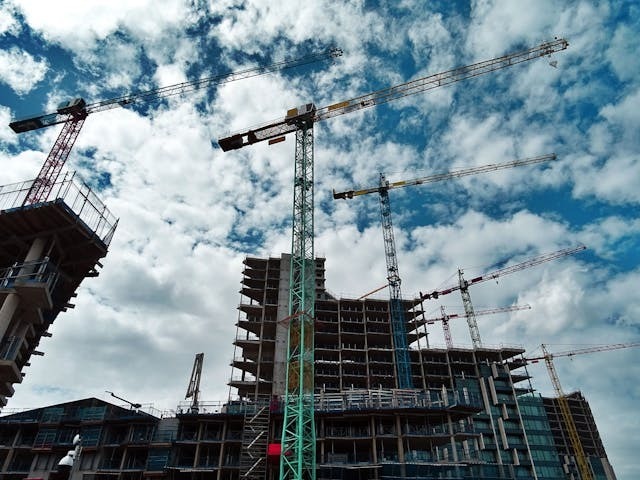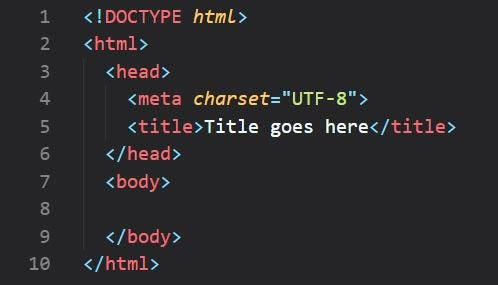The Digital Revolution in Construction: How AI is Transforming the Industry
The construction industry has long been characterized by its traditional approaches and manual processes. However, the digital revolution has finally reached construction sites across the globe, with artificial intelligence (AI) leading the charge in transforming how buildings rise from the ground up. From design optimization to waste management solutions like smart dumpster rentals, AI technologies are creating more efficient, safe, and sustainable construction processes. This technological evolution marks a pivotal moment for an industry that has historically been slow to adopt new innovations. The Current State of Construction Technology Construction has traditionally lagged behind other industries in technological adoption. The physical nature of construction work, fragmented project management approaches, and established methodologies have contributed to this technological conservatism. However, facing challenges such as labor shortages, rising material costs, and increasing demand for sustainable building practices, the industry has begun embracing digital solutions. Today's construction sites look markedly different from those of just a decade ago. Drones hover above capturing real-time progress data, workers interact with building information modeling (BIM) software through tablets, and sensors monitor everything from equipment performance to structural integrity. At the heart of these technologies lies artificial intelligence, processing enormous volumes of data to deliver actionable insights and automation capabilities previously unimaginable in the construction context. How AI is Revolutionizing Design and Planning The construction process begins long before the first excavator breaks ground. In the design and planning phase, AI algorithms are now capable of generating and testing thousands of potential building designs based on specified parameters. This generative design process considers factors like materials optimization, energy efficiency, spatial requirements, and cost constraints simultaneously. AI-powered platforms can predict potential design flaws and simulate how buildings will perform under various conditions, from severe weather events to daily usage patterns. These predictive capabilities significantly reduce design errors that might otherwise lead to costly modifications during construction or post-completion. Project planning, traditionally a complex juggling act of resources, timelines, and contingencies, has been streamlined through AI systems that can identify optimal scheduling sequences, predict potential delays, and automatically adjust resource allocations. The result is more realistic project timelines and budgets with fewer unexpected complications. AI on the Construction Site: Safety and Efficiency The construction site itself has become a data-rich environment where AI applications are enhancing both safety and productivity. Computer vision systems integrated with site cameras can monitor workers to detect safety violations, such as missing personal protective equipment or unauthorized access to hazardous areas. These systems issue real-time alerts to prevent accidents before they occur. Equipment operation has also been revolutionized by AI. Autonomous or semi-autonomous construction equipment can perform repetitive tasks with precision while reducing operator fatigue. From robotic bricklayers to self-driving excavators, these AI-powered machines maintain consistent quality while freeing human workers for more complex tasks requiring judgment and creativity. Material tracking and inventory management systems employ AI to ensure that supplies arrive just in time, reducing storage requirements and preventing costly delays due to material shortages. When materials do create waste, AI optimizes the process here too, with smart systems determining the most efficient dumpster rentals and waste removal schedules based on project phase and waste type prediction. Maintenance and Building Lifecycle Management AI's influence extends well beyond a building's completion. Integrated with IoT sensors throughout the structure, AI systems continuously monitor building performance, predicting maintenance needs before failures occur. This predictive maintenance approach has proven to reduce overall maintenance costs by up to 40% while extending the functional lifespan of building components. Digital twins – virtual replicas of physical buildings that incorporate real-time data – allow facility managers to visualize and simulate changes before implementing them. These AI-powered models can optimize energy usage, space utilization, and occupant comfort by analyzing patterns and suggesting automated adjustments. Sustainability and Environmental Impact Perhaps one of the most significant contributions of AI to construction is its potential to reduce the industry's environmental footprint. The construction sector accounts fo

The construction industry has long been characterized by its traditional approaches and manual processes. However, the digital revolution has finally reached construction sites across the globe, with artificial intelligence (AI) leading the charge in transforming how buildings rise from the ground up. From design optimization to waste management solutions like smart dumpster rentals, AI technologies are creating more efficient, safe, and sustainable construction processes. This technological evolution marks a pivotal moment for an industry that has historically been slow to adopt new innovations.
The Current State of Construction Technology
Construction has traditionally lagged behind other industries in technological adoption. The physical nature of construction work, fragmented project management approaches, and established methodologies have contributed to this technological conservatism. However, facing challenges such as labor shortages, rising material costs, and increasing demand for sustainable building practices, the industry has begun embracing digital solutions.
Today's construction sites look markedly different from those of just a decade ago. Drones hover above capturing real-time progress data, workers interact with building information modeling (BIM) software through tablets, and sensors monitor everything from equipment performance to structural integrity. At the heart of these technologies lies artificial intelligence, processing enormous volumes of data to deliver actionable insights and automation capabilities previously unimaginable in the construction context.
How AI is Revolutionizing Design and Planning
The construction process begins long before the first excavator breaks ground. In the design and planning phase, AI algorithms are now capable of generating and testing thousands of potential building designs based on specified parameters. This generative design process considers factors like materials optimization, energy efficiency, spatial requirements, and cost constraints simultaneously.
AI-powered platforms can predict potential design flaws and simulate how buildings will perform under various conditions, from severe weather events to daily usage patterns. These predictive capabilities significantly reduce design errors that might otherwise lead to costly modifications during construction or post-completion.
Project planning, traditionally a complex juggling act of resources, timelines, and contingencies, has been streamlined through AI systems that can identify optimal scheduling sequences, predict potential delays, and automatically adjust resource allocations. The result is more realistic project timelines and budgets with fewer unexpected complications.
AI on the Construction Site: Safety and Efficiency
The construction site itself has become a data-rich environment where AI applications are enhancing both safety and productivity. Computer vision systems integrated with site cameras can monitor workers to detect safety violations, such as missing personal protective equipment or unauthorized access to hazardous areas. These systems issue real-time alerts to prevent accidents before they occur.
Equipment operation has also been revolutionized by AI. Autonomous or semi-autonomous construction equipment can perform repetitive tasks with precision while reducing operator fatigue. From robotic bricklayers to self-driving excavators, these AI-powered machines maintain consistent quality while freeing human workers for more complex tasks requiring judgment and creativity.
Material tracking and inventory management systems employ AI to ensure that supplies arrive just in time, reducing storage requirements and preventing costly delays due to material shortages. When materials do create waste, AI optimizes the process here too, with smart systems determining the most efficient dumpster rentals and waste removal schedules based on project phase and waste type prediction.
Maintenance and Building Lifecycle Management
AI's influence extends well beyond a building's completion. Integrated with IoT sensors throughout the structure, AI systems continuously monitor building performance, predicting maintenance needs before failures occur. This predictive maintenance approach has proven to reduce overall maintenance costs by up to 40% while extending the functional lifespan of building components.
Digital twins – virtual replicas of physical buildings that incorporate real-time data – allow facility managers to visualize and simulate changes before implementing them. These AI-powered models can optimize energy usage, space utilization, and occupant comfort by analyzing patterns and suggesting automated adjustments.
Sustainability and Environmental Impact
Perhaps one of the most significant contributions of AI to construction is its potential to reduce the industry's environmental footprint. The construction sector accounts for approximately 40% of global carbon emissions and generates enormous quantities of waste. AI is addressing these challenges on multiple fronts.
Materials selection algorithms can recommend alternatives with lower embodied carbon while maintaining required performance characteristics. During construction, AI optimization of equipment usage reduces fuel consumption and emissions. Waste management becomes more efficient with AI systems that can identify recycling opportunities and optimize dumpster rentals and other waste disposal methods to minimize landfill impact.
Energy modeling powered by AI helps design buildings that consume significantly less energy during operation, with smart systems continuing to find efficiency improvements throughout the building's lifecycle.
Challenges and Future Directions
Despite the promising advancements, AI adoption in construction faces several challenges. Data quality and integration issues persist across disparate systems and project phases. The workforce requires retraining to effectively collaborate with AI tools. Questions about liability when AI systems make recommendations also remain largely unresolved.
Looking forward, the integration of AI with other emerging technologies like 3D printing, advanced robotics, and augmented reality will likely lead to even more dramatic transformations. Construction sites of the future may feature swarms of robots working in coordination, guided by AI systems that continuously optimize their activities based on real-time conditions.
Final Thoughts
The construction industry stands at a technological inflection point. AI has moved from theoretical applications to practical, value-generating tools that address many of the sector's most pressing challenges. Companies that embrace these technologies gain competitive advantages through improved efficiency, enhanced safety, reduced costs, and more sustainable practices.
As AI systems become more sophisticated and construction professionals become more comfortable with digital tools, we can expect the pace of innovation to accelerate. The buildings of tomorrow will not only be constructed with the assistance of artificial intelligence but will themselves become intelligent, responsive environments that continuously learn and adapt to their occupants and surroundings.
For an industry that has built our world with traditional tools and techniques for centuries, AI represents not just an evolution but a revolution in how we create the built environment. The foundation has been laid for a construction industry that leverages the power of artificial intelligence to build better, safer, more sustainable structures for generations to come.










































































































































































![[The AI Show Episode 142]: ChatGPT’s New Image Generator, Studio Ghibli Craze and Backlash, Gemini 2.5, OpenAI Academy, 4o Updates, Vibe Marketing & xAI Acquires X](https://www.marketingaiinstitute.com/hubfs/ep%20142%20cover.png)
















































































































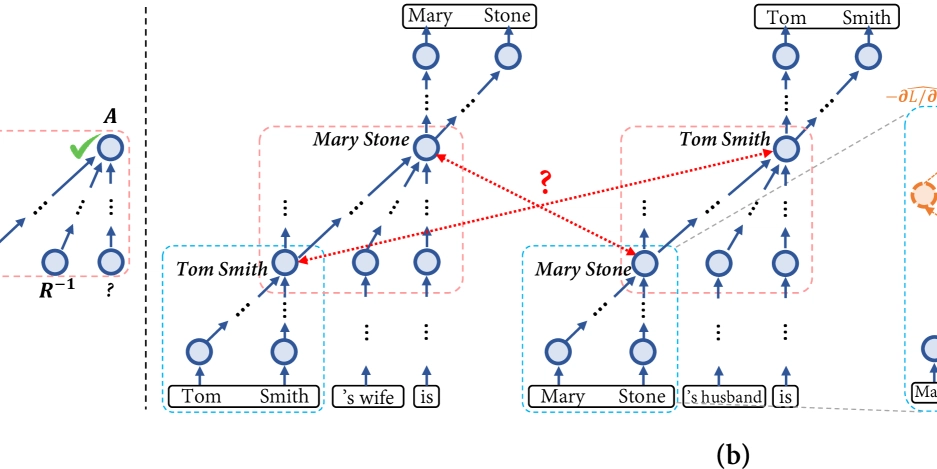

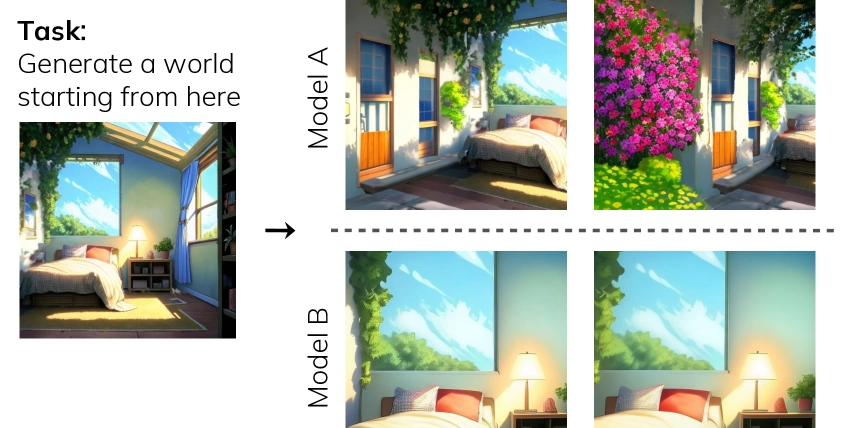
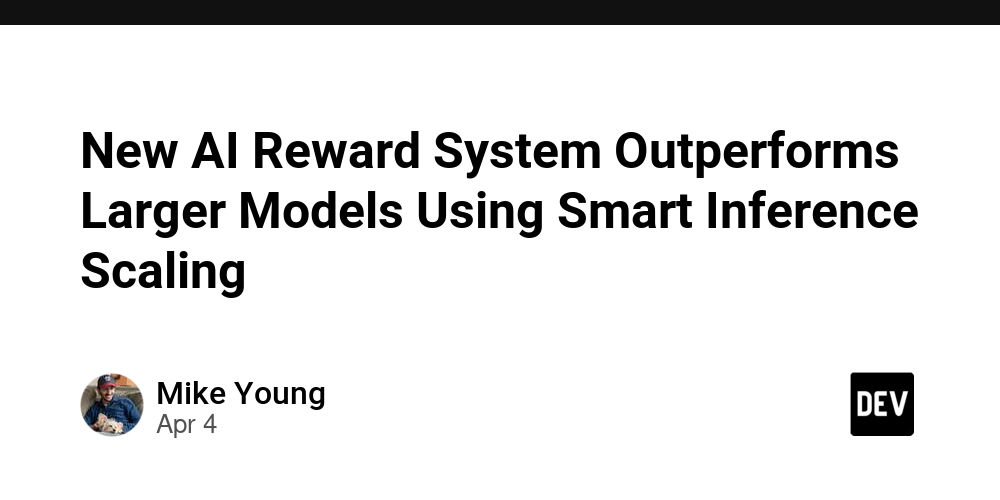


























































































































.jpg?#)















































































































































![YouTube Announces New Creation Tools for Shorts [Video]](https://www.iclarified.com/images/news/96923/96923/96923-640.jpg)

![Apple Faces New Tariffs but Has Options to Soften the Blow [Kuo]](https://www.iclarified.com/images/news/96921/96921/96921-640.jpg)




























































































































